Why Do Cats Need Scratching Posts? 5 Essential Benefits for Health & Happiness
Scratching posts are more than just a piece of cat furniture—they’re a cornerstone of feline well-being. Whether your cat is a playful kitten or a seasoned senior, cat scratching posts fulfill instinctual needs while protecting your home from claw-related chaos. But why exactly are these posts so vital? Let’s explore the science-backed benefits of scratching posts for your cat’s physical health, mental stimulation, and overall happiness.
1. Scratching Posts Maintain Healthy Claws and Muscles
Cats scratch instinctively to shed the outer layers of their claws, keeping them sharp and functional. Without a dedicated scratching surface, cats may resort to furniture, carpets, or curtains.
- Natural Claw Care: Scratching removes dead claw sheaths, promoting healthy nail growth. This prevents overgrown claws, which can curl into paw pads and cause pain.
- Muscle Stretching: When cats stretch to scratch, they engage their shoulder, back, and leg muscles. This activity maintains flexibility and prevents stiffness, especially in older cats.
User Review:
“My cat, Luna, used to scratch the couch daily. After buying a sisal scratching post, she’s obsessed! Her claws look healthier, and she stretches like a yogi every morning.” – Amazon Customer
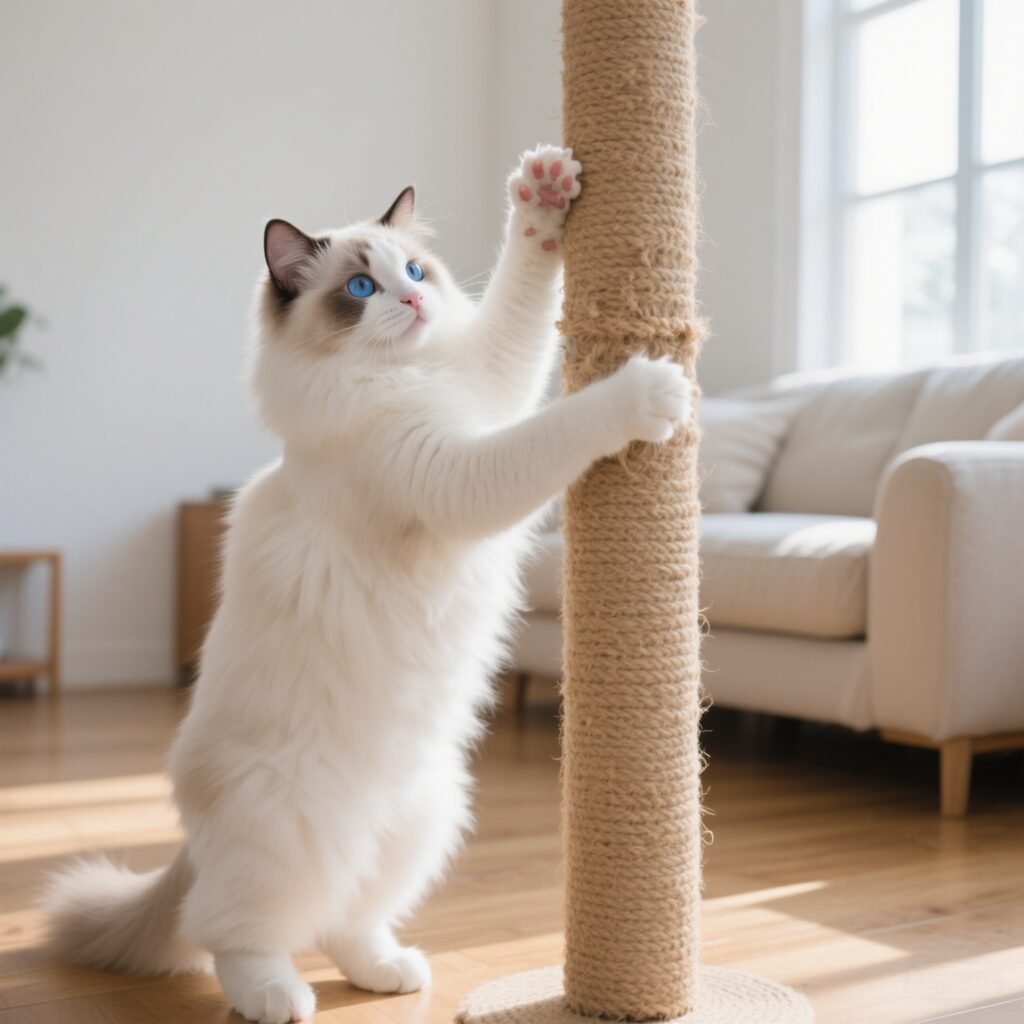
2. Scratching Reduces Stress and Anxiety
Cats are sensitive to environmental changes, and scratching serves as a stress-relief mechanism.
- Stress Hormone Regulation: Scratching releases pent-up energy and lowers cortisol levels, reducing anxiety. Studies show that cats with access to scratching posts exhibit fewer signs of stress, such as overgrooming or hiding.
- Territory Marking: Cats have scent glands in their paws. Scratching leaves both visual and olfactory marks, creating a familiar, calming environment.
Pro Tip: Place scratching posts near windows or high-traffic areas to help cats feel secure while observing their surroundings.
3. Protects Your Home (and Your Wallet)
A single scratching post can save your furniture from destruction.
- Redirecting Natural Behavior: Cats scratch to mark territory and stretch—not to spite you. Providing a post gives them an appropriate outlet. Research shows 85% of cats prefer scratching posts over furniture when introduced early.
- Cost-Effective Solution: Replacing a shredded sofa costs far more than a $30–$50 scratching post.
Data Spotlight:
A 2024 survey by PetMD found that 72% of cat owners reported reduced furniture damage after adding multiple scratching posts.
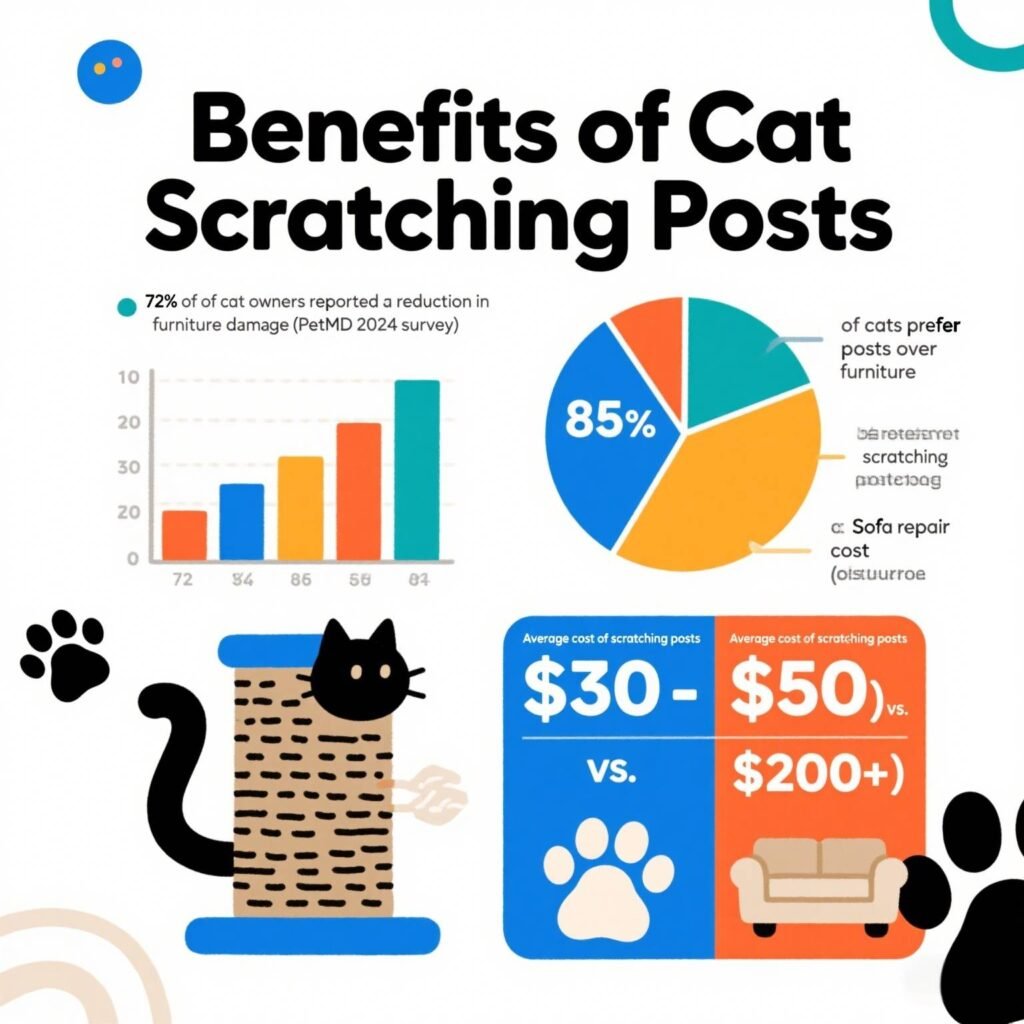
4. Encourages Mental Stimulation and Play
Scratching posts double as interactive toys, especially when paired with dangling feathers or catnip.
- Preventing Boredom: Lack of stimulation can lead to destructive behavior. Vertical scratching posts with platforms or hiding spots encourage climbing and exploration, mimicking a cat’s natural habitat.
- Exercise Boost: Active scratching sessions burn calories, helping overweight cats stay fit.
User Review:
“Our two cats race to their 6-foot cat tree every morning. It’s like their personal gym!” – Reddit User u/CatDadLife
| Age Group | Recommended Type | Daily Use Hours |
| Kitten (<1 year old) | Tearable corrugated cardboard | 25-40 minutes |
| Adult cats (1-7 years old) | Riser with hanging toys | 15-30 minutes |
| Older cats (>7 years) | Low-angle ramp board | 10-20 minutes |
Data source: UC Davis Veterinary Medical Center 2024 report.
5. Strengthens the Human-Cat Bond
A happy cat means a happier relationship with you.
- Positive Reinforcement: Reward your cat with treats or praise when they use the post, reinforcing good behavior.
- Shared Playtime: Interactive posts with toys allow you to engage in play, building trust and affection.
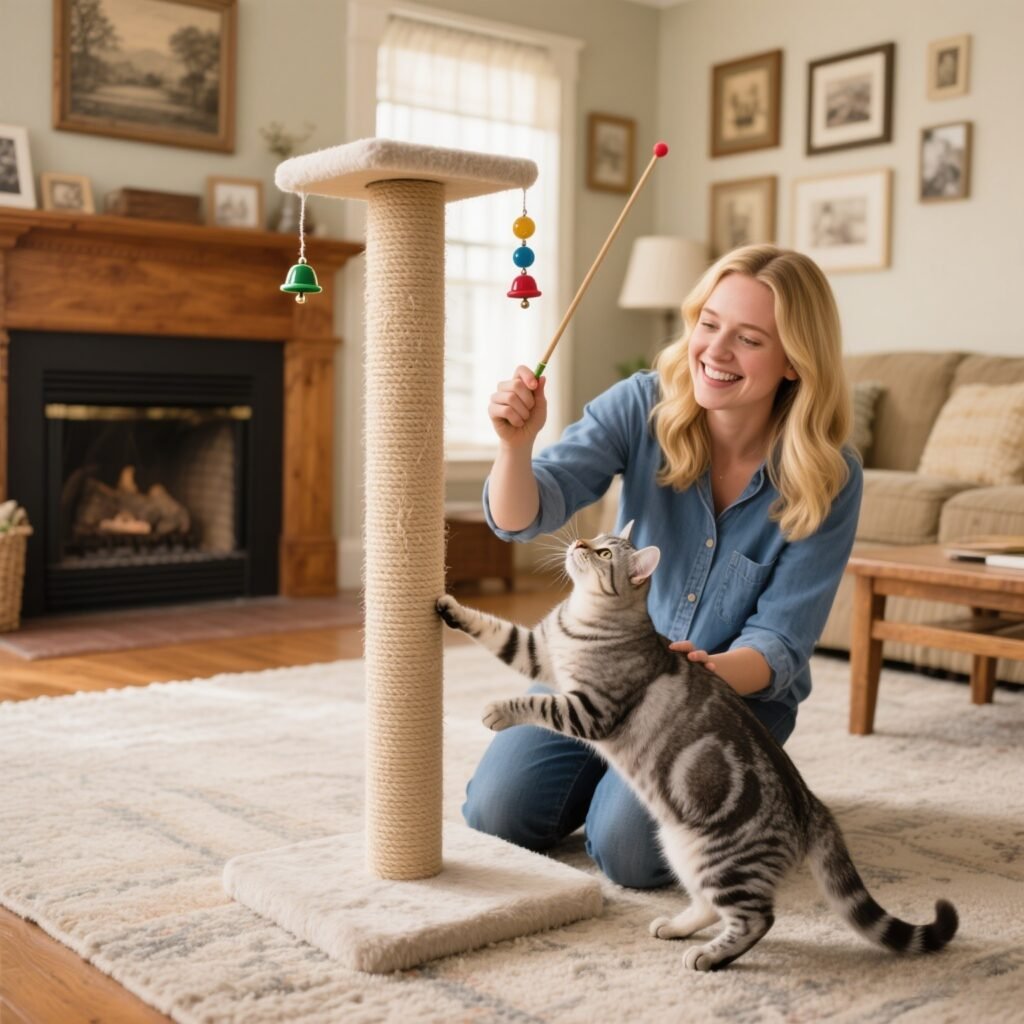
FAQ: Scratching Posts 101
Q: How do I train my cat to use a scratching post?
A: Place the post near their favorite scratching spot, rub catnip on it, and reward them with treats for using it.
Q: What material is best for scratching posts?
A: Sisal rope and cardboard are top choices. Avoid carpeted posts, which may confuse cats into scratching rugs.
Q: How tall should a scratching post be?
A: Ideally, it should be tall enough for your cat to stretch fully (at least 24–30 inches).
References
- Harlem World Magazine. Cat Tree vs. Scratching Post: Which One Does Your Cat Need? (2025). https://www.harlemworldmagazine.com/sponsored-love-cat-tree-vs-scratching-post-which-one-does-your-cat-need/
- Kekenet. Good News: Cats Benefit Your Health (2016). http://www.kekenet.com/read/201605/442959.shtml
- PetMD. 11 Signs of an Overstimulated Cat (2024). https://www.petmd.com/cat/behavior/overstimulated-cat
- CDC. Cat-Scratch Disease Health Alert (2024). https://healthbook.urinfotw.com/results/e4540938b1fb169bcd
- Xinhuanet. Essential Tips for Cat Owners (2025). https://app.xinhuanet.com/news/article.html?articleId=bc8a1f6c27db1e4d9e17bf1ef251bad6
By prioritizing your cat’s instinctual needs with a scratching post, you’re investing in their health, happiness, and harmony at home. 🐾
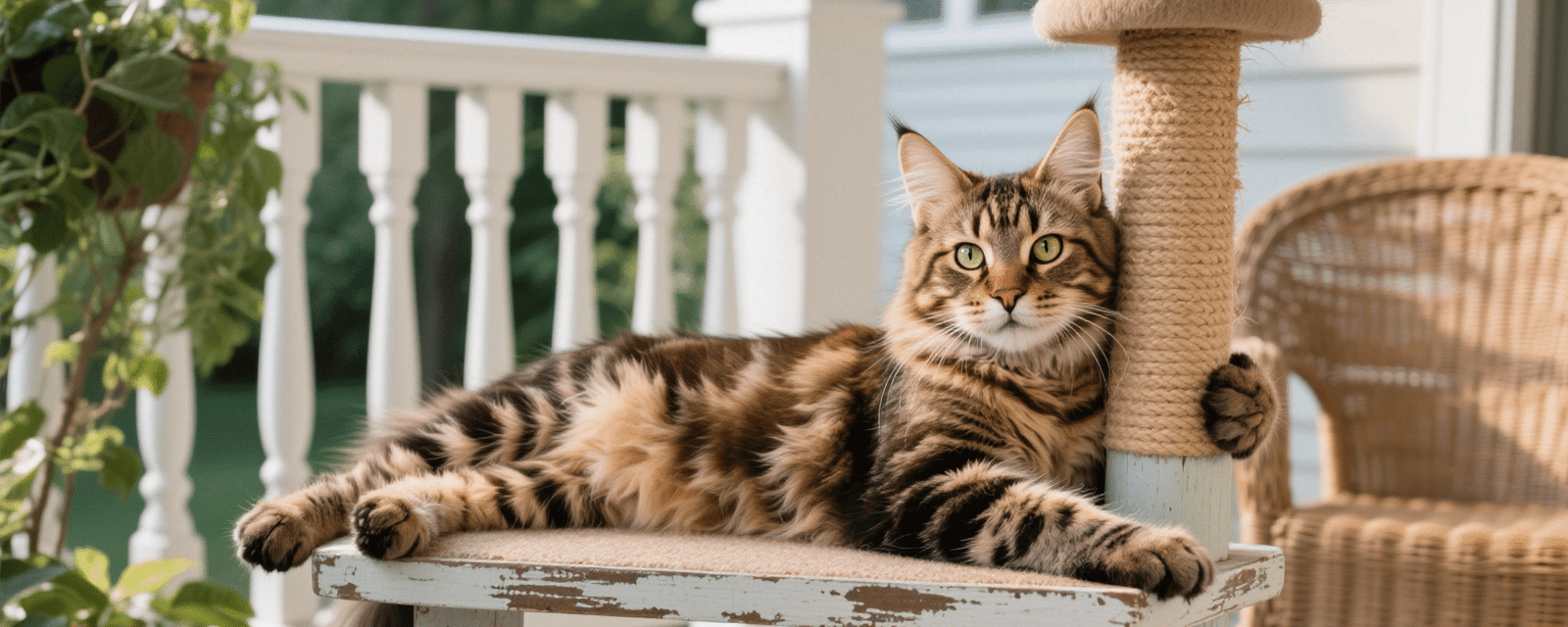

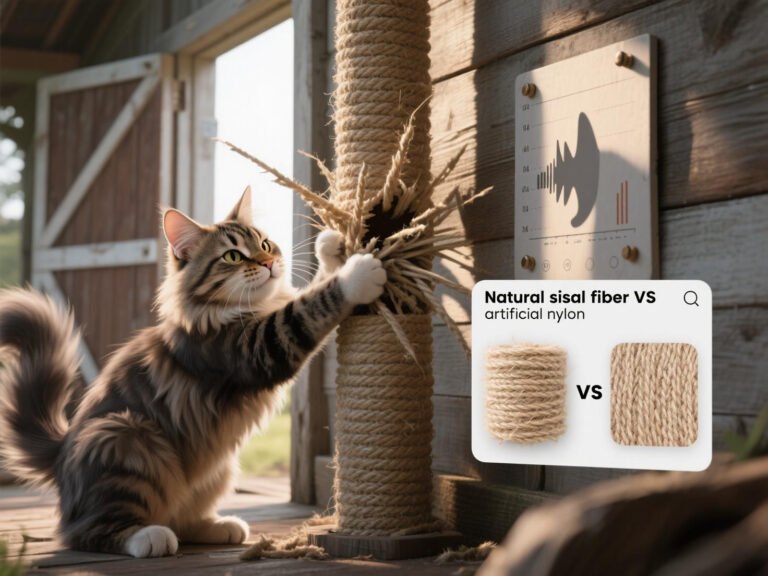
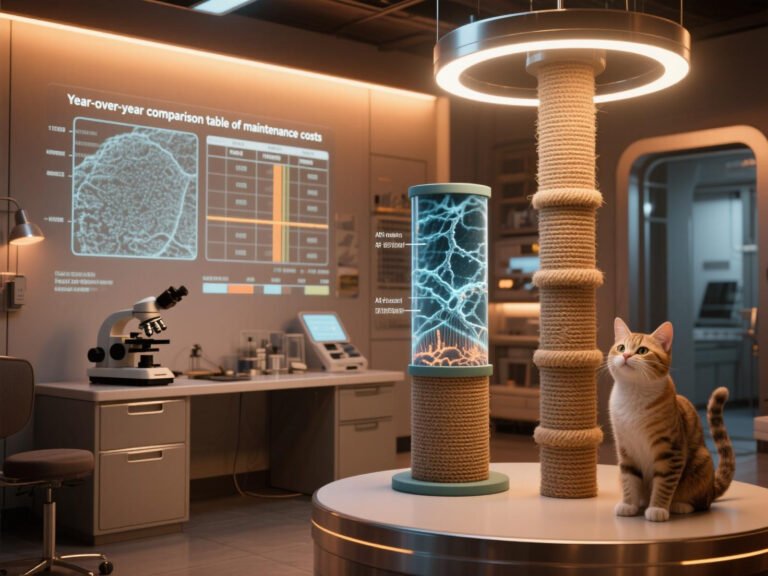
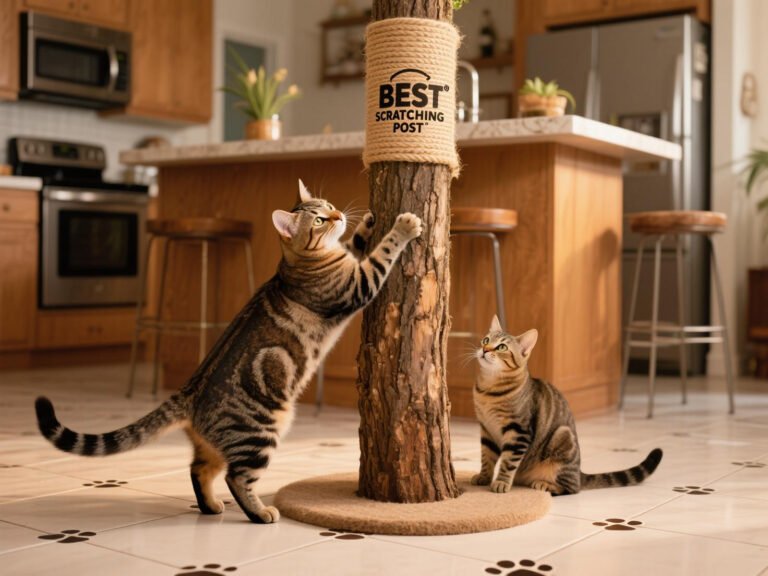
An interesting article to add to the knowledge and fun.